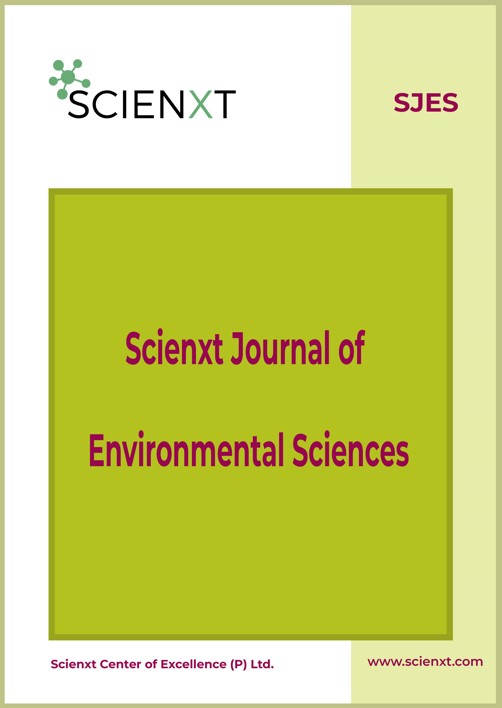SJES – Scienxt Journal of Mechanical Design & Automation, Double blind peer-reviewed Journal, disseminates the most recent findings and innovations in various fields of Mechanical Design & Automation in the form of Original Research, Reviews, Case Studies, Opinions, etc. Journal maintains a Quick Publication process with strict peer review to enhance the quality of content. Every submitted manuscript undergoes peer review by the subject matter experts under the supervision of the Editor-in-Chief or assigned Editorial Board member of the Journal.
The Journal also publishes conference proceedings.
Scope & Focus
SJES Journal has the following scope and focus but, not limited to these: Physical environment – Aerosols, rain and fog; Environmental health – Air: Ambient, indoor, and urban air; Environmental sustainability – Soils, sediments, peat, and permafrost; Biosciences – Surfaces in the natural and built environment; Engineering – Priority pollutants; Ecology – Contaminants of emerging concern; Hydrology – Pesticides and herbicides; Soil science – Industrial solvents; Geoscience – Petroleum spills and fracking fluids; Atmospheric science – Pharmaceuticals and personal care products; Agricultural science – Fluorochemicals; Climate science – Flame retardants; Social science interface – Mercury and other heavy metals; Aerosols – Geogenic contaminants: Arsenic, uranium, selenium, fluoride; Biomass burning – Transition metals; Biosphere interactions – Radionuclides and f-block elements; Clouds – Acid mine drainage; Climate variability, drivers and consequences – Airborne particulate matter; Computational chemistry – Plastics and other synthetic polymers; Deposition – Proteins, nucleic acids and other biomolecules; Dust – Viruses, bacteria, protozoa, helminthes; Emissions – Cyanobacteria and harmful algal blooms; Field measurements – Nutrients: Nitrate, phosphate; Gases – Carbon: Storage, release, and cycling; Health effects – Nitrogen cycle: N fixation, nitrification, denitrification; Hydrosphere interactions – Eutrophication ; Indoor air – Air-sea gas exchange; Instrumentation – Trace element cycling; Modelling – Major redox-active metals: iron and manganese; Isotopes – Biogenic emissions ; Laboratory measurements – Chemical and microbial contaminants; Multiphase chemistry – Distribution and collection, Pollution mitigation – Green infrastructure; Precipitation – Potable reuse; Radiation – Residue management; Remote sensing – Sustainability analysis and design; Coastal and Marine systems – Wastewater treatment and resource recovery; Surface waters: rivers, lakes, wetlands – Water policy and regulation; Groundwater: the subsurface and hyporheic zone – Water technologies; Snow and ice – Water, sanitation and hygiene (WASH); Atmosphere: stratosphere and troposphere – Water-energy nexus.



